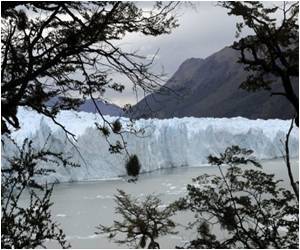Arctic summer ice melt reached a record low last week.

The previous record low for Arctic sea ice extent, set on Sept. 18, 2007 with a 4.17-million sq.-km. ice cap, was already shattered by the end of August this year when it had melted to below 4-million sq. km.
"This is the smallest minimum ice extent we've ever had, and not just in the satellite record, but probably in the last million years," said Yackel, head of the department of geography.
Yackel has been closely monitoring the annual summer ice melt in the Arctic for the past 15 years - documenting the ice cover as it's steadily shrunk in the wake of Arctic and global warming.
From the patterns he has observed, this year's extreme melt could be the beginning of a frightening trend.
Yackel and the university-based Cryosphere Climate Research Group use satellite technology to research the physical properties of Arctic ice. As recently as the 1980s, most of the ice in the Arctic Ocean was "multi-year ice," - thick ice that would remain throughout the summer.
Advertisement
"In the last 20 years we've almost gotten to the point where we've reversed that ratio," Yackel said, predicting the ice extent that covers the Arctic Ocean "is likely to be gone in the summers within the next 20 to 25 years, if not sooner."
Advertisement
"When there's no longer that sea ice below the air mass and it's just open ocean, that's when more moisture off the ocean's surface gets into the atmosphere and the water vapor in the atmosphere makes for more violent storms," said Yackel.
"We can also expect to see an increase in storm frequency and storm intensity for most of the world's populated places as the Arctic and Earth continues to warm," he added.
Source-ANI









